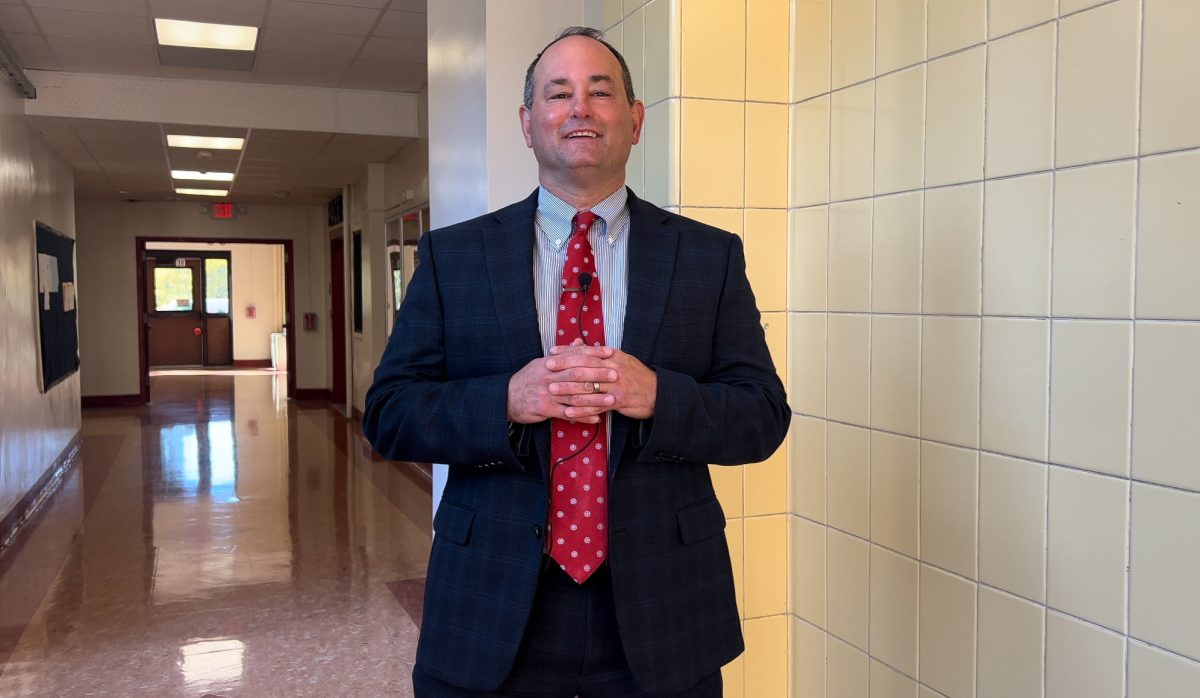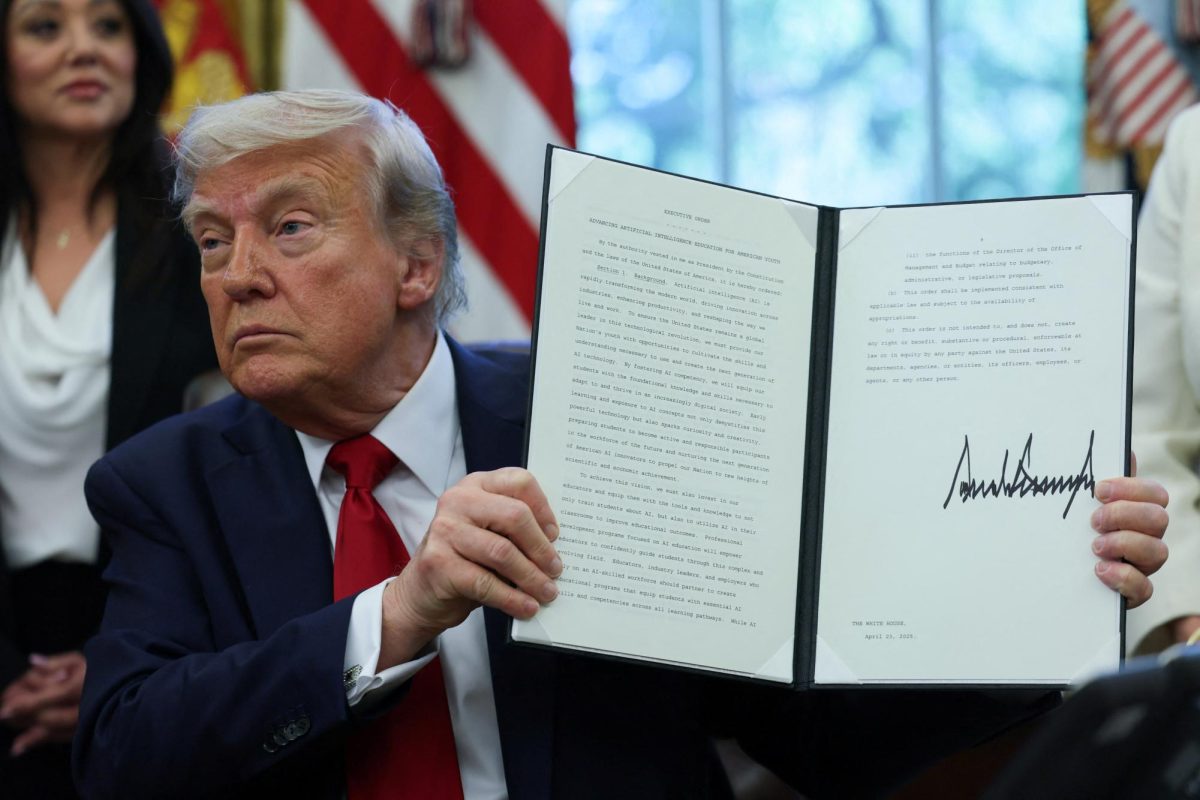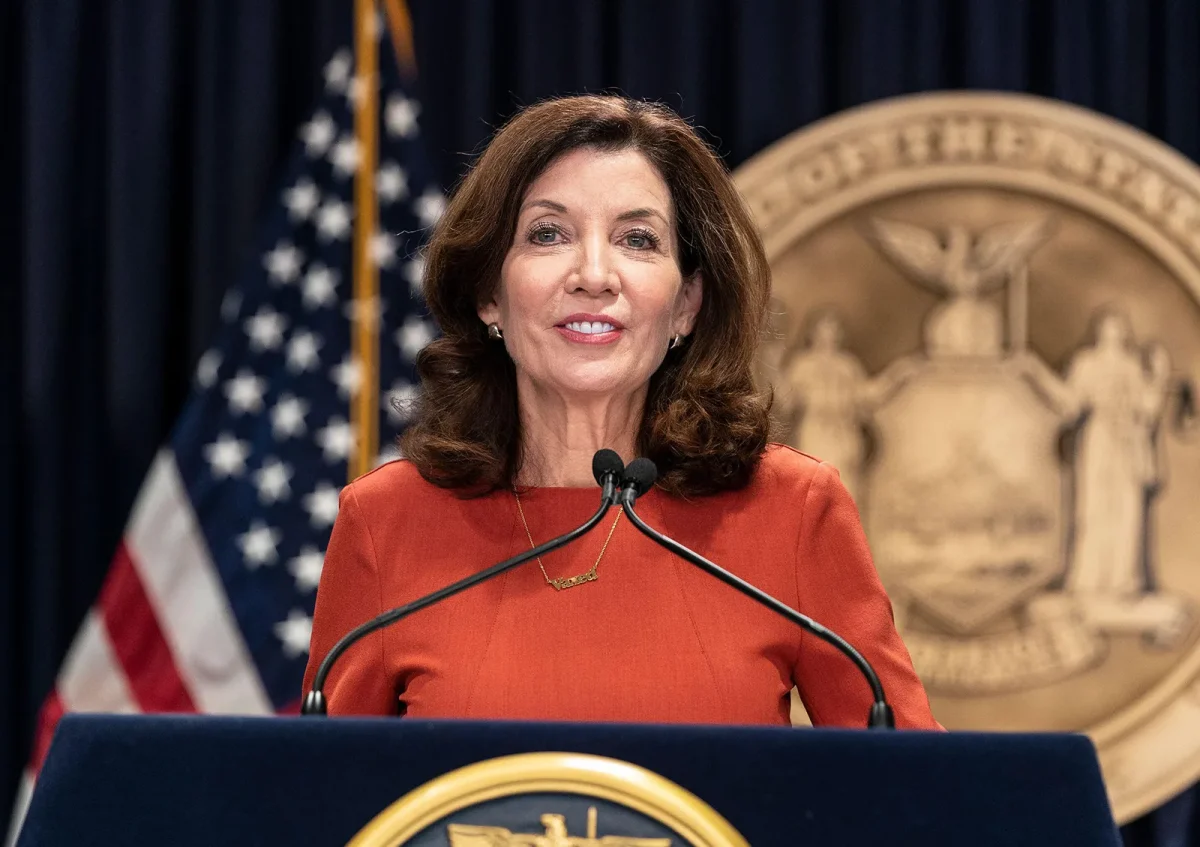Two weeks ago, The Globe spoke with Dr. Charles Sampson, Superintendent of Mamaroneck Schools, as his boxes were being unpacked on the first floor of Mamaroneck High School’s Post Road building.
Sampson had just come from the library, meeting with MHS’s Parent-Teacher Council, and stopping along the way to greet students. “I’m just a guy in a suit saying: Hey, how’s your day going?” he explained, noting that despite most students not being familiar with him yet, he can already feel that “being embedded in the high school” is a valuable asset for understanding the student experience at Mamaroneck.
A former AP U.S. History teacher who has been in education for 27 years, Sampson comes to Mamaroneck from New Jersey’s Freehold Regional High School District, where he served as Superintendent for the past 13 years. Sampson described his former district vastly differently from his initial experiences at Mamaroneck, saying “[Freehold] was 240 square miles wide, [where] one high school was a half an hour drive from my office.” In Mamaroneck, he’ll oversee a geographically smaller community that will allow for more immersion with students, but one equally large in diverse experiences and perspectives. Freehold spanned “eight different communities, [with] eight different mayors and eight different police forces,” meaning Sampson is equipped with unique skills in “bringing folks to the table…across different towns,” skills he deems vital to his success in leading Mamaroneck Schools.
Sampson expressed his excitement about meeting with parents and other stakeholders at one of “five upcoming superintendent coffees scheduled in [different] areas of the community.” He also plans to hold focus groups that will allow him to more closely examine different perspectives and is scheduling “structured visits [with] building principals” to get a feel for the student experience in the district.
Sampson is putting a particular emphasis on engagement with Mamaroneck students. Acknowledging that students “jokingly ask me, what does the superintendent do?” Sampson is looking to develop a deeper connection with students than typically associated with his position. Along with building visits, he wants to “reach out to student groups and, and start to build those bridges…to communicate.” One such group he may create himself, noting that he is in discussion with school principals to establish a “longstanding executive cabinet,” a group he maintained in his previous role that featured “individual students from each of the schools coming together regularly with [the Superintendent] and members of [the district] leadership team.” According to Sampson, the group was “very active,” serving as a “sounding board” for potential changes as well as “helping to turnkey…new initiatives…in the schools themselves.”
Whatever it may look like, Sampson wants a clear and active “point of contact” with students, and he’ll likely look towards Mamaroneck’s existing student leadership structure, a Student Council at both Hommocks Middle School and Mamaroneck High School, as well as two Senior Student Representatives to the Board of Education, to help build trust and understanding around what students are truly thinking and feeling. “Schools live in the anecdotal sometimes,” Sampson says: “somebody will say, everybody’s unhappy about this, or everybody loves that,” generalized statements that, to Sampson, can be dangerous if not properly dug into. To combat this, he will constantly look to “debunk some of the anecdotal” and understand “the nuances” of different feelings and positions on issues, something that, to him, may best be achieved through strong student connection.
“It sounds cliche,” Sampson says, but “making your decisions grounded in what’s best for students” is of utmost importance. In any public school, he says, “everything’s a competing interest,” and “there are finite dollars [while] people are passionate about very specific things.” Reaching students directly and deciphering anecdotal evidence are two key ways Sampson has found to “get at everybody’s voice,” parts of a feedback structure he hopes will be “balanced…[and will be] happening on an annual basis.”
“The voices that are the loudest don’t always represent the most… and they don’t always represent the accuracy,” Sampson added. “Consistency for all kids, in a place as diverse as the Mamaroneck Schools,” is a key priority.
Another element of Sampson’s position will be spearheading the search for the new Assistant Superintendent of Curriculum and Instruction, following Anne Ward’s 2023 Retirement. Sampson emphasizes how “curriculum and program development drives all the opportunities that [students] do or don’t have.” Particularly with the “fantastic [new] spaces” for the STEM and Culinary electives at MHS, Sampson will look to this new Assistant Superintendent to do the “long-term work” around the “development [of] student pathways…beginning in elementary school to middle, all the way through high school.” He doesn’t want to make a rushed decision about this essential position but knows it is important that “we get somebody in that role as soon as possible,” meaning the search has already been initiated.
Sampson is very focused on remaining deliberate and thinking of the district’s long-term goals. He does not want to rush into any decision without fully grasping the district’s culture and needs. Sampson reminisces on the “best advice” he received as a new superintendent: “to take your time when you’re in the garden because you think you’re pulling weeds, but you might really be pulling a flower,” meaning that you really have to gain your footing, knowing the ins and outs of the district, before you can make any major decisions. Sampson remarks that he has “always lived by that [advice]” and plans to continue in that spirit as he acclimates to Mamaroneck.
Sampson told The Globe he’s developed “a sense of excitement about what is here and…what is also possible.” He has already marveled at the differences between the Mamaroneck district and his previous one. He notes that while he has mostly worked in high schools, he has loved the opportunity, in just the first few weeks, to work with younger students. Sampson recalled his trips to the elementary schools throughout the past few weeks, smiling as he talked about how if “you’re having a bad day, go to a kindergarten class. Everyone is happy to be there and excited and they want to hug you and talk to you and, and share with you what’s happening.” Besides these friendly young children, the overall community has been “fantastic” and “so welcoming.” He feels like the community has “really embraced me so far.”
“That felt great,” he said.










